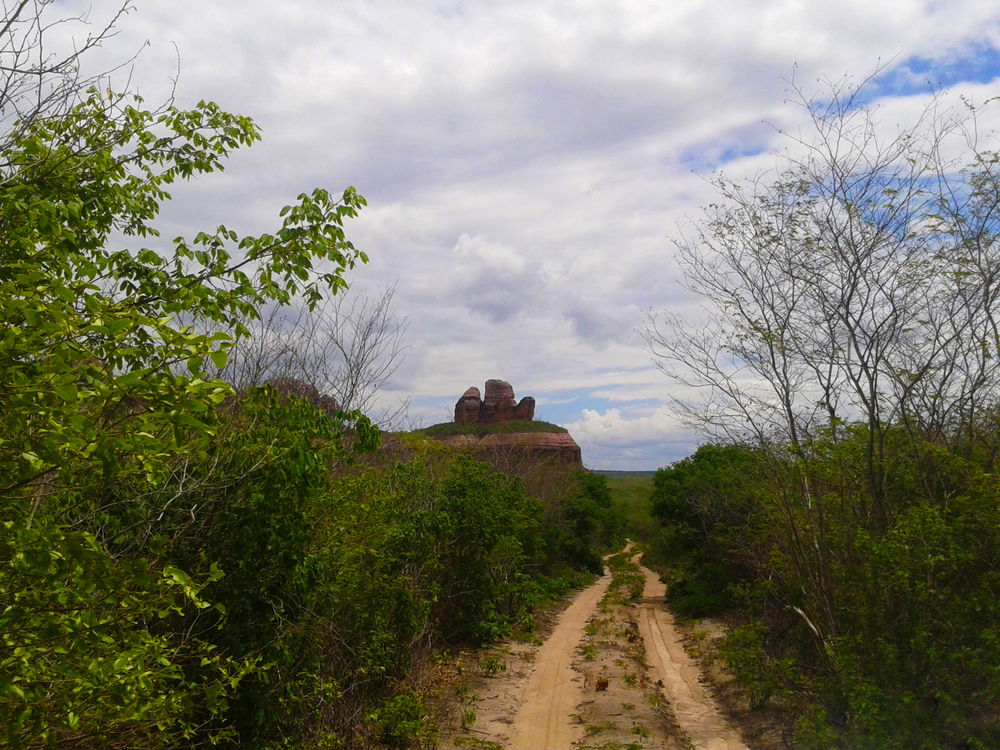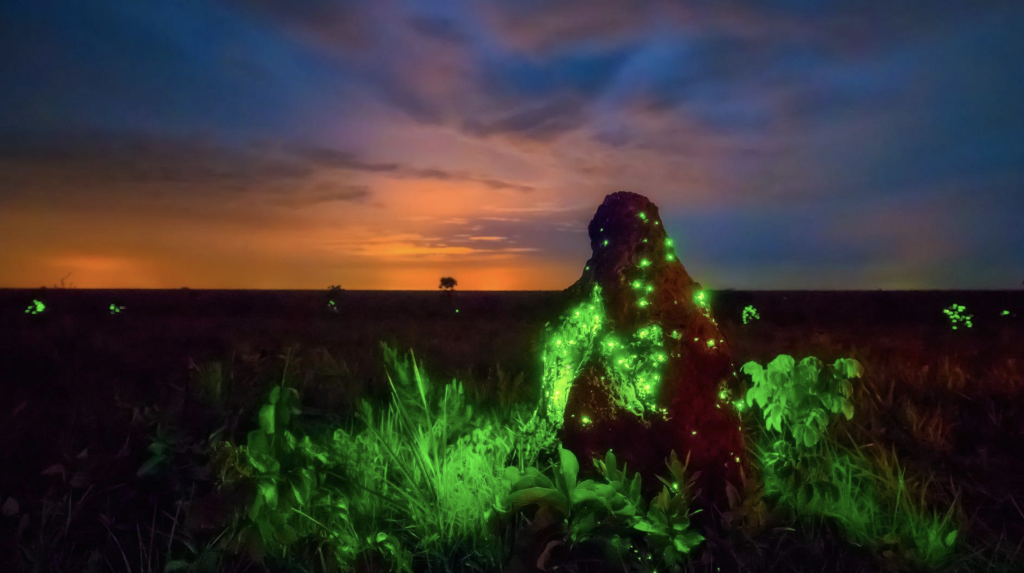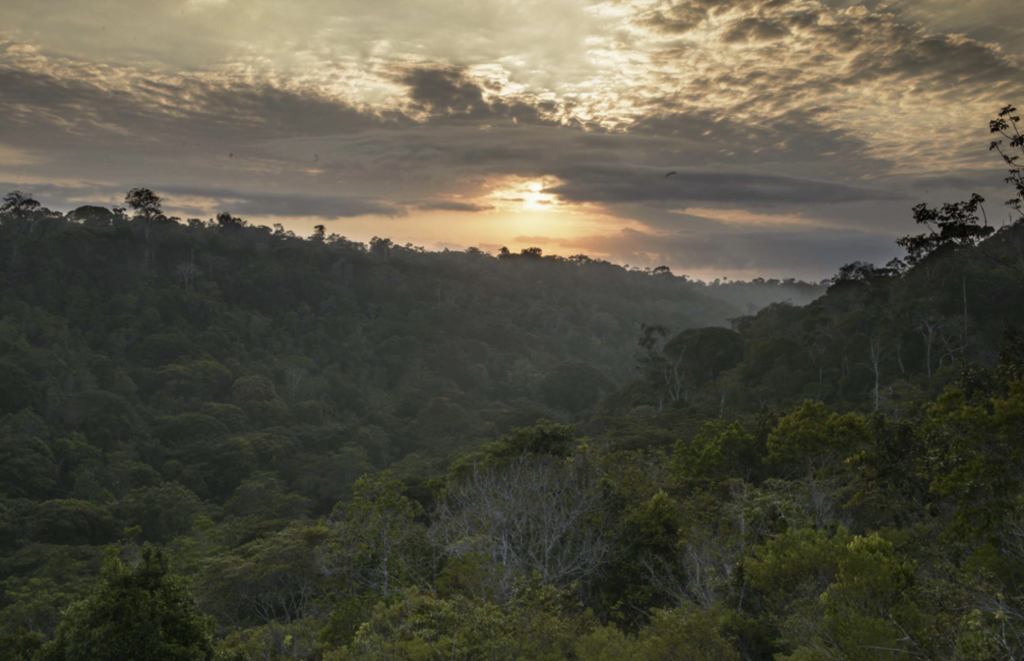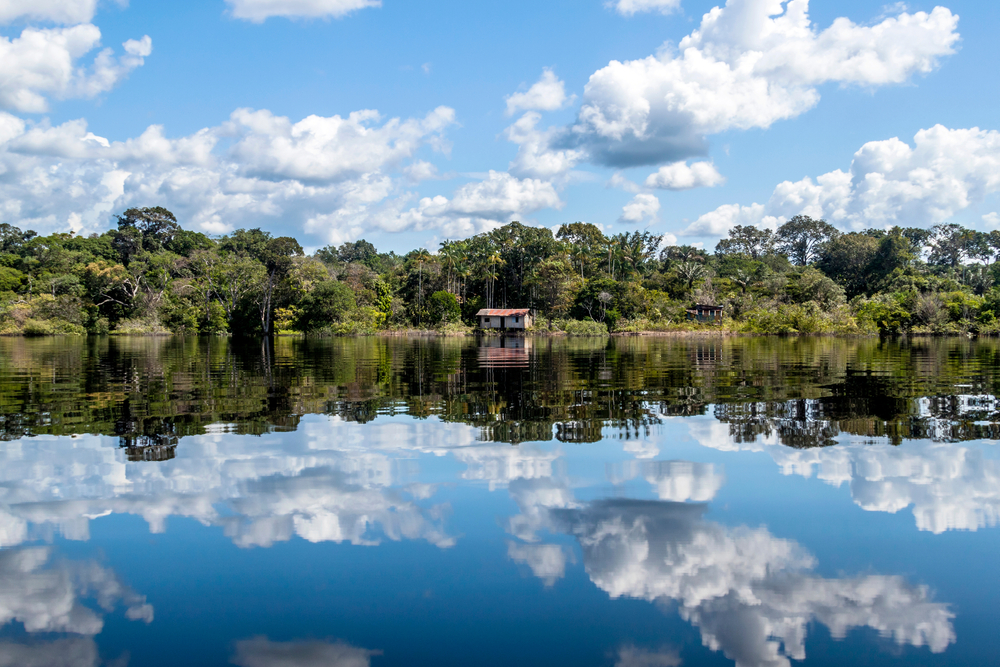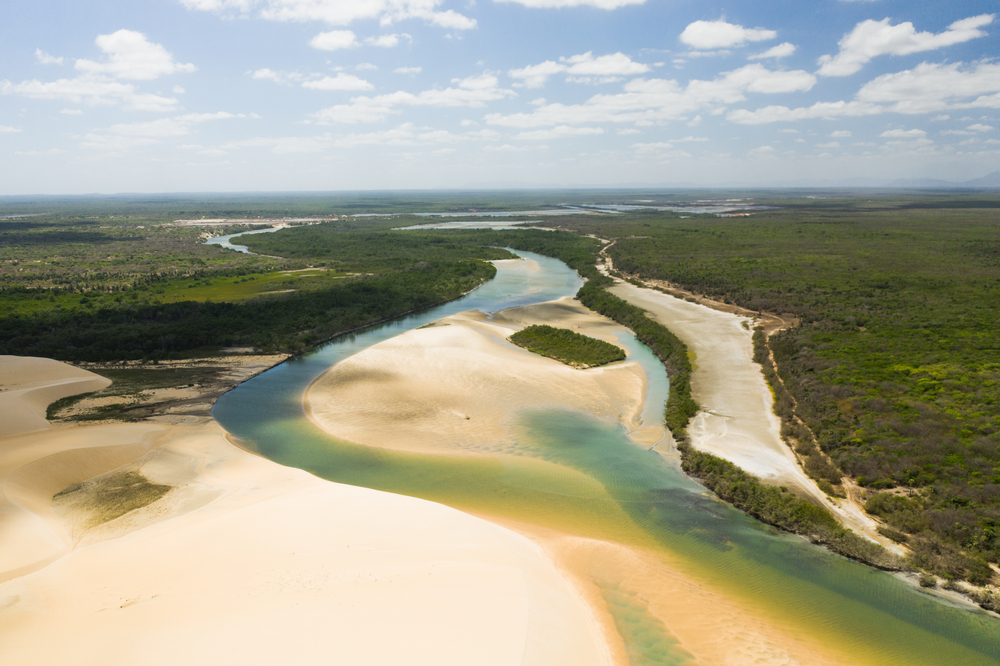Serra das Confusões Overview
Serra das Confusões National Park, known in Portuguese as Parque Nacional da Serra das Confusões, is located in the northeastern region of Brazil, within the state of Piauí. The park encompasses an area of approximately 3,759 square miles, which is about 9,745 square kilometers.
This expansive territory lies within Brazil’s semi-arid Caatinga biome, a unique and often underrepresented ecosystem in the broader conservation landscape of South America. The park was established to protect this fragile biome, preserving its distinctive terrain, wildlife, and ecological processes.
The terrain of Serra das Confusões is a dramatic mix of sandstone plateaus, deep canyons, and rugged escarpments. The park derives its name—“Serra das Confusões,” meaning “Mountain of Confusions”—from the intricate and seemingly disordered appearance of its landscape.
Notable features include the Serra Branca and Serra Vermelha mountain ranges, which rise out of the arid plains, as well as a scattering of seasonal rivers and springs that carve through the terrain. The arid vegetation includes dry forest, thorny shrubs, bromeliads, and cacti, all adapted to withstand long dry periods. The colors of the rock formations shift dramatically with the angle of the sun, creating an almost surreal visual effect that adds to the park’s mystique.
Wildlife in the park is as diverse as the land itself. Visitors may encounter iconic species such as the jaguar, puma, and ocelot—apex predators that reflect the park’s ecological richness. The Brazilian three-banded armadillo and the giant anteater also find refuge here.
Birdlife is equally impressive, with notable sightings including the hyacinth macaw, great rufous woodcreeper, and the red-legged seriema. The park’s biodiversity is particularly significant given the pressures faced by the Caatinga biome elsewhere in Brazil.
Among the most popular features of Serra das Confusões are its prehistoric rock art sites, which offer a window into ancient human cultures that once thrived in this environment. These archaeological treasures, combined with panoramic views from cliff tops and secluded natural pools in the canyons, make the park a compelling destination for both adventure and reflection.
Visitors can experience the park through a variety of activities. Hiking and trekking routes offer access to remote landscapes and vantage points, while guided wildlife and birdwatching tours provide insight into the region’s rare species.
Photography is popular due to the dramatic lighting and textures of the environment. Some areas of the park also connect with the neighboring Serra da Capivara National Park, forming a vital ecological corridor for wide-ranging species.
Conservation challenges in Serra das Confusões include illegal hunting, deforestation, and the spread of cattle grazing into protected areas. However, the park has also seen notable successes.
It plays a central role in a broader conservation strategy for the Caatinga biome, supported by Brazilian environmental agencies and international partners. Recent efforts to connect protected areas across the region have enhanced the park’s ecological integrity and improved prospects for species survival.
Community engagement and education initiatives have also helped foster local support for conservation goals, gradually strengthening the park’s long-term protection.








































































